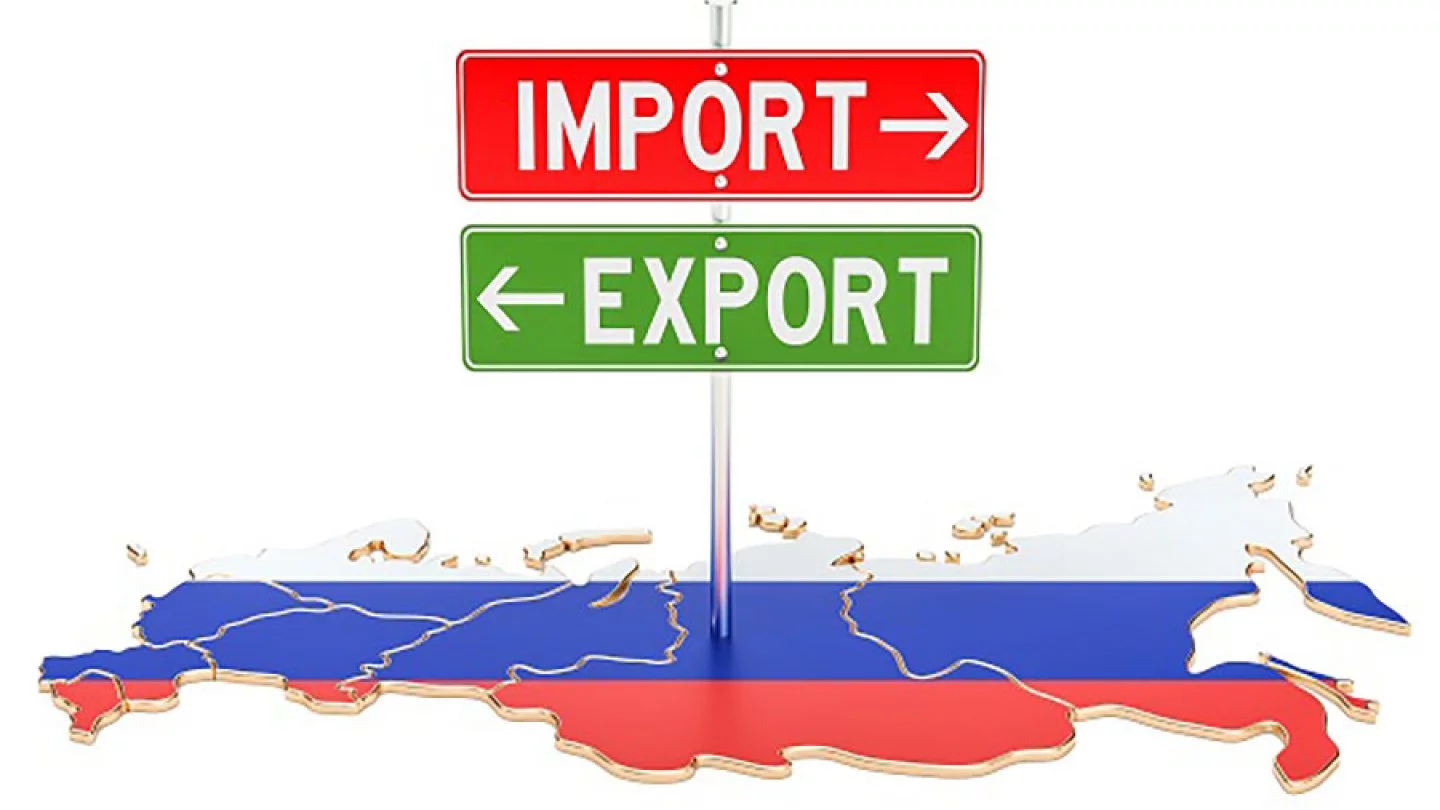Export Expansion: Expected Slowdown
 The situation got worse
The situation got worse

The Belarusian leadership is concerned about the slowing pace of export deliveries. Ambassador of Belarus to Russia Krutoy suggests punishing the management of several enterprises for failing to meet the current stage of advance into the Russian market, where competition is intensifying. The “window of opportunity” that opened up for Belarusian enterprises after the departure of Western companies has equally widened for businesses from other friendly states to Russia.
During another online session of the interdepartmental working group monitoring the situation with Belarusian exports to Russia, Belarus’s Ambassador to the Russian Federation, Dmitry Krutoy, demanded punishment for the management of some enterprises for the decline in export shipment rates. More precisely, he demanded that the participants of the working group he leads submit proposals for punishing individuals who have lagged behind in plans to increase sales of Belarusian goods to the neighboring country. Also, in his opinion, it is worth “shaking up” the marketing services of several enterprises.
The Export Control Commission in Russia, led by Krutoy, was established in October 2023 by Lukashenko’s order. At that time, Lukashenko also ordered to define the main positions of Belarusian exports to Russia and monitor them.
The trigger for the growth of Belarusian supplies to the Russian market was Western sanctions. Over two years, sales to Russia have significantly increased by USD 8.5 billion, as reported by the Embassy of Belarus in Russia. In February, Krutoy reported that in 2023, exports to Russia grew by 9.1%, reaching a record USD 25 billion.
According to official calculations, Belarus plans to increase exports to Russia by 7% in 2024 compared to the level of 2023, and also maintain a share in Russian imports of no less than 9%. It is expected that this growth will be ensured by financial mechanisms to support export orders: about BYN 370 million has been allocated for these purposes in the budget – 20% more than in 2023.
Several signs indicate that these indicators may fail, judging by the results of the first months of the year. Although official data for the first quarter is not yet available.
Relevant officials note: the weakening of the Russian ruble exchange rate has affected the slowdown in export shipments to Russia – Lukashenko’s export tasks are formulated not in terms of physical volumes but in monetary units. (the share of settlements in national currencies between countries has reached 92%). In addition, another reason for the slowdown is called the reorientation of flows to other markets (for example, achieved by dairy producers in Brest) – although a noticeable increase in Belarusian exports to the “far arc” has not yet been recorded.
There is another reason for the slowdown, as pointed out by experts of “Nashe Mnenie”: the growth of competition in the Russian market – despite the departure of Western manufacturers. Suppliers from China, Turkey, and other countries, like Belarusian ones, have also become the main beneficiaries of the avoidance of Western sanctions and have made every effort to improve their performance in this market. Competition with them, as evidenced by complaints from Belarusian enterprises (for example, about aggressive Chinese dumping), is perhaps even tougher than with departed representatives of the “unfriendly” world.
The significantly increased concentration of Belarusian exports mainly in the Russian direction in the future may provoke problems. Including trade wars between Belarusian and Russian companies, given that production capacities in Russia exceed the internal capacity of the market for a number of commodity items. The potential for further explosive growth of Belarusian exports in the eastern direction seems to be close to exhaustion.
Subscribe to our newsletter




Situation in Belarus
Constitutional referendum: main consequences


 Video
Video
How to count the political prisoners: are the new criteria needed?


 Video
Video
Paternalism In Decline, Belarusian Euroscepticism, And The Influence Of Russia


 Video
Video












